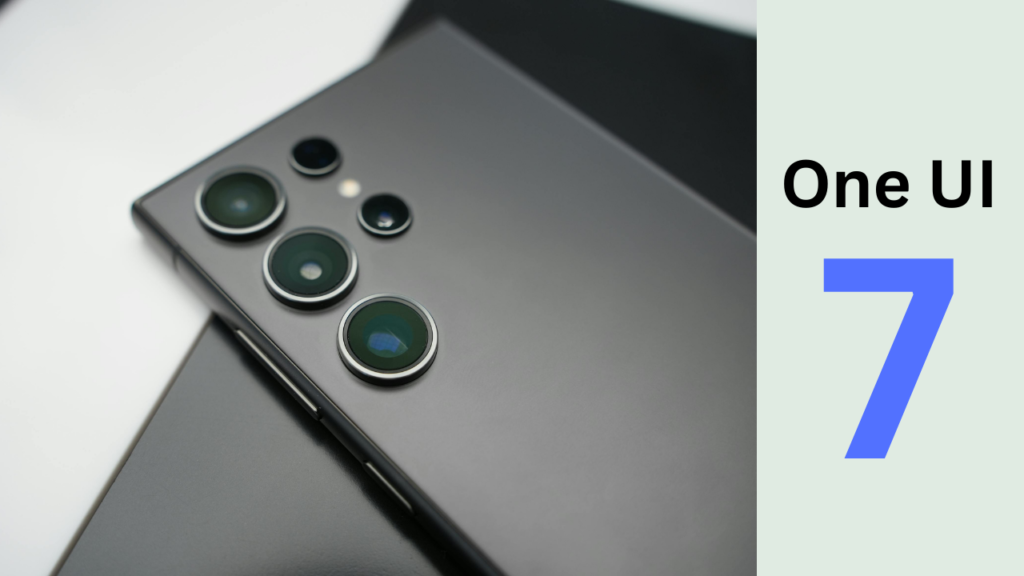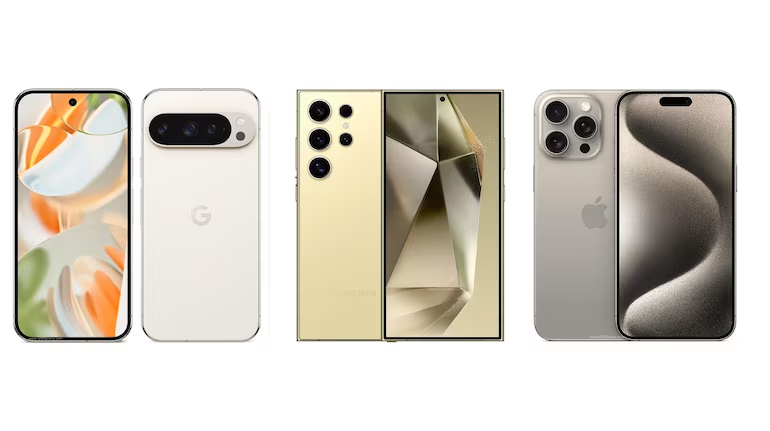Cognitive warm-up. Deloitte Australia will issue a partial refund to the federal government after admitting that not only had artificial intelligence been used in the creation of a $440,000 report, the same AI then littered errors including three nonexistent academic references and a made-up quote from a Federal Court judgement. Since every AI product is routinely described as magical, and all the noise helps boost valuations for AI companies, it is imperative to note that these so-called PhD-level models still aren’t anywhere close to perceived intelligence. An intern won’t make the mistakes Deloitte Australia’s AI of choice (apparently, its Azure OpenAI GPT-4o) did. Humans > AI. Period.

ALGORITHM
This week, we chat about the absolute insensitivity with which OpenAI has approached its Sora generative video product and started a debate about copyright content, Apple silently perfecting an on-device AI approach with the Foundation Models that developers already have access to, and Microsoft hoping you’d part with ₹19,999 per year or ₹1,999 per month for a new subscription tier that will boost Copilot Pro subscription numbers for their spreadsheets.
Opt-in or opt-out?
OpenAI believes it is right to use copyrighted content and characters in video generations done by its video generative model Sora, unless the copyright holder opts out. Rather than OpenAI opting in to use someone’s creation and content, the onus is on the creator to instead opt-out (mind you, there is no legal precedent for this). This can be packaged as best as OpenAI wants, but this essentially means you can use Sora to make an entirely new Marvel franchise, and Marvel can’t do anything to you or OpenAI, if they haven’t ‘opted out’ before you hit enter. Without intellectual property rights and protections, no brand, product or identity would survive. How about 200 companies called OpenAI? Or 300 different Coca Cola? What AI companies are doing is breaking IP protections as the world has known for years.

In the past few days, OpenAI employees have been on an uncharacteristically self-congratulatory mode on social media. They really think Sora video generation is an achievement. If littering social media feeds with AI generated debris and showing little regard for copyright content is worth the self-praise, we know what sort of world we live in. But as I noted in this piece, the law too is still quite clueless about dealing with an increasingly complex problem. It is perhaps only logical that some Sora users have been trolling the OpenAI CEO, with an AI generated being that looks remarkably like him, apparently stealing GPUs from a store. Apparently it isn’t strange enough. How strange!

On a related note. If you delete your Sora app account, it’ll be a permanent thing in this lifetime, and you’ll be barred from signing up again using the same email or phone number. God forbid you use the same login on ChatGPT as well, that’ll be gone too. In an instant. What a crushing blow for humanity. Or a sign that you shouldn’t sign up in the first place?
Apple, silently perfecting AI
If you thought Apple was lagging in the AI ecosystem, I’ve got news for you. The on-device AI, as part of a Foundation Models framework, unlocked for app developers is actually pretty interesting. With iOS 26, developers can now tap into the same 3 billion parameter language model that powers Apple Intelligence. It remains free to use, fully on-device, and with typically Apple privacy safeguards. The pitch is simple — AI that runs on your device and not in the cloud, and your data never leaves your phone. Apps are already running with it.

SmartGym generates personalised workout summaries and coaching tips. Stoic builds journaling prompts based on recent entries and mood. CellWalk explains complex biology terms at different comprehension levels. Stuff, a to-do app, can parse “Call Sophia Friday” and automatically populate date and task. Grammo explains grammar usage in conversations. These are just some examples. Developers get “guided generation” to ensure consistent outputs, plus the ability to ground responses in their app’s specific data. Apple’s betting that privacy-first, on-device AI will be better in the long run, than anything the competition is doing.
Money to splurge?
The answer to the question I’ve posed above, will decide whether Microsoft is successful in getting you to part with ₹19,999 per year for their newly curated Microsoft 365 Premium subscription plan (Microsoft 365 Personal and Microsoft 365 Family sit alongside, as always). This most expensive plan includes everything the Family plan ( ₹8,199 per year, for comparison) already has including bundled app access for up to 6 users and up to 1TB cloud storage each, but hoping you’d rather pay for this than a similar amount for just a Copilot Pro subscription, as was the case till now.
PROMPT
Opera has decided to swim against the current by putting its new AI-first browser behind a paywall.
I’ve regularly written about the AI browser space, and in my piece recently, I’d noted that Opera was seemingly “straddling both approaches, with its yet to be launched Neon browser”, with reference to building anew while retaining a bit from its previous web browser efforts. That was worth noting, since it’s competing in the same space that sees Google integrate Gemini in a very familiar Chrome browser, but Perplexity built Comet from scratch. Incidentally, both of which are free.
So what can Opera’s AI browser do and is anything AI worth paying $19.90 a month for? It promises context-aware browsing, and key to that would be Tasks which Opera says are self-contained workspaces that understand context and can therefore analyse, compare, and act across multiple sources at once. The AI layer promises to fill online forms for you, and the automation wizardry supposedly extends to email replies and sorting files. Here’s more…

- Neon Do: an agentic engine that can open or close tabs, interact with sites you’re already signed into, perform actions like booking or shopping, or navigate through tasks autonomously — all within the browser.
- Cards: modular instructions a user can attach to prompts to steer Neon’s behaviour. Think of them as reusable prompt templates baked into the UI.
- Make: a creative tool layer where Neon can generate artefacts (sites, videos, reports, etc.) even when offline, delivering full source files you can further edit or share.
All of Neon’s capabilities work within the browser, and would require you to be signed in and will not bypass multi-layer authentication. While Gemini in Chrome can link with your Google Workspace, and Comet is designed for real-time web search, Opera’s AI may feel a tad narrower in terms of what it can do. Particularly when Opera is charging a subscription for access, making it one of the few browsers to try and monetise AI at the point of use. The move raises the question — will users pay for AI browsing when free, feature-rich alternatives already exist? Perplexity tried, and eventually corrected to making Comet available to everyone for free.
THINKING
“Based on the judicial guidance, which is emerging across jurisdictions, AI companies should prioritise lawful acquisition of copyrighted content, be it through licensing arrangements or effective opt-out policies and tools. This would also mean avoiding tainted sources such as pirate libraries and torrent mirrors, since the general view of courts appears to be that even allowing training of LLMs on copyright content on the principles of “fair use” does not excuse unlawful acquisition or retention of works. Also, from a technical standpoint, companies should ensure that their AI models do not regurgitate verbatim text or content from the works on which it has been trained. This will avoid claims that the AI platform is infringing the copyright owners’ right to reproduce their works”
– JV Abhay, Partner, Shardul Amarchand Mangaldas, in a conversation with HT.
Interpret: From Tilly Norwood to Sora 2, AI’s copyright reckoning is overdue
“Tilly Norwood is not an actor.” This desperation laden blunt statement from the Screen Actors Guild–American Federation of Television and Radio Artists, certainly reopened a debate, after the AI actress’ creator Eline Van der Velden suggested multiple talent firms were interested in signing the new artificial intelligence creation. If this didn’t do enough to rekindle the conversation about artificial intelligence (AI) companies and a seemingly interminable interest in using copyright data to train their models, OpenAI’s blunt message that the onus is on rights holders to explicitly ask that their copyright material is not featured in videos their new Sora 2 tool generates. All this, in the past few days.
The context: Copyright and AI training data are colliding in courtrooms worldwide. This opinion reflects a growing legal consensus — even if “fair use” arguments are raised, AI companies can’t simply train on whatever data they find online. Courts are starting to stress that the source of data acquisition matters as much as how it’s used. This in the hope that it pushes AI companies toward explicit licensing deals, structured opt-out mechanisms for creators, and stronger transparency around datasets used for training. In essence, there is a hope that an era of “scrape now, defend later” is being replaced by compliance-first thinking.
A reality check: It is not as easy as it seems. The challenge is scale and cost. Licensing text, music, images, and video is not only expensive but also logistically complex, given the fragmented ownership of digital content. Meanwhile, AI companies are betting on putting the ball in the other party’s court, by building an opt-out tool, and letting them make the effort. All while models are being trained on more and more data. And the technical recommendation that AI models must not regurgitate verbatim training data is easier said than done — model “memorisation” remains an open research problem. So while the legal path is becoming clearer, the practical path to building AI that is both lawful and commercially viable is still riddled with obstacles.
Neural Dispatch is your weekly guide to the rapidly evolving landscape of artificial intelligence. Each edition delivers curated insights on breakthrough technologies, practical applications, and strategic implications shaping our digital future.


